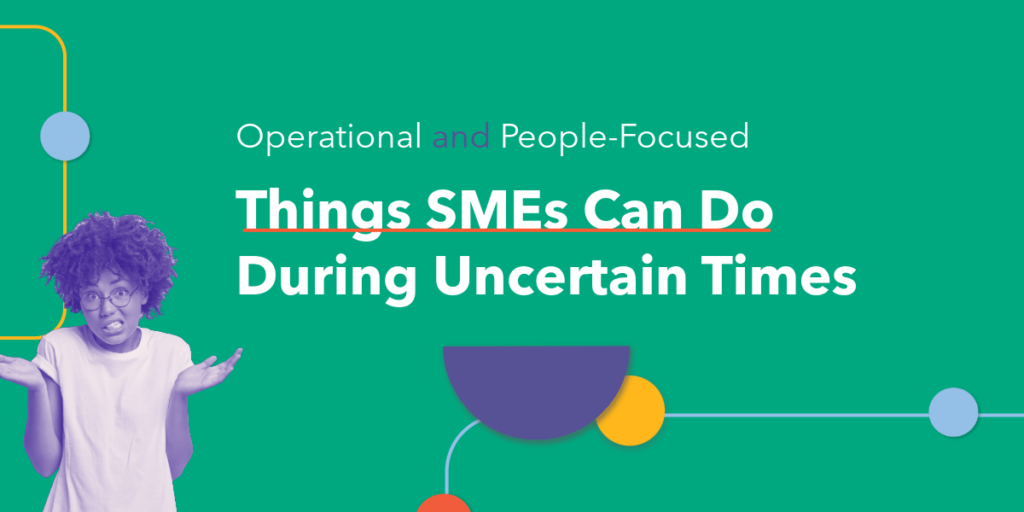Welcome to the sixth article in our seven-part series. In this piece, we will explore how Human Resources Information Systems (HRIS) can greatly enhance efficiency in small and medium-sized businesses.
Adopting technology across various business functions has become critical. For small to medium-sized enterprises (SMEs), integrating HRIS is a key step to managing HR tasks more effectively. These systems can improve how businesses handle recruitment, data management, employee development, and strategic planning.
Understanding the Importance of HRIS
Implementing an HRIS can significantly enhance several key HR functions:
- Strategic Planning: Access to real-time data allows businesses to plan more effectively, aligning workforce needs with business goals and leading to more strategic decision-making.
- Recruitment and Hiring: HRIS tools simplify the recruitment process by automating job postings, applicant tracking, and interview scheduling, which saves considerable time and reduces human errors.
- Data-Driven Decisions: With detailed reporting and analytics features, HRIS enables businesses to make informed decisions based on accurate HR data, including turnover rates, hiring costs, and employee performance metrics.
- Employee Development: An HRIS can facilitate the management and tracking of employee training programs, certifications, and progression plans, ensuring that development opportunities are maximized.
The specific HR areas will, of course, vary by industry. Automating day-to-day HR tasks with an HRIS can free up the HR administrator’s time, allowing them to focus on higher-level tasks that require their attention.
What to Consider When Choosing an HRIS
Selecting the appropriate HRIS is crucial and should be based on a careful evaluation of your business needs:
- Comprehensive Functionality: Choose a system to manage various HR tasks. This integration reduces the need to juggle multiple platforms and streamlines overall operations.
- Scalability: As your business grows, your HRIS should grow with it. Opt for systems that can scale up features as your workforce expands.
- User Experience: A user-friendly interface ensures that your HR team and employees can adapt quickly to the new system without extensive training.
- Support and Training: Consider vendors who offer comprehensive support and training resources to assist with the implementation and ongoing management of the system.
- Customization and Integration: The ability to customize and integrate the HRIS with other existing systems, such as payroll software or ERP systems, can significantly enhance functionality and efficiency.
Our in-house HR professionals emphasizes the need for a system that addresses the HR functions you use most while offering the ability to adapt to particular industry requirements where necessary.
Optimal Timing for HRIS Implementation
The timing of implementing an HRIS can dramatically affect its benefits for your business. Implementing an HRIS early in your business’s growth phase can help standardize your processes, laying a strong foundation for future developments. If your business is already experiencing growth struggles due to manually managed HR tasks, introducing an HRIS can quickly alleviate pressure.
Successful Deployment and Management
Deploying and managing an HRIS successfully involves HR managers and IT specialists during the installation and customization phase to ensure the system fits your business needs well. Next, training all employees to use the system properly is vital to ensure a smooth transition. As your business evolves, keep updating and reviewing the system to leverage the latest features and meet new demands, ensuring the HRIS continues to serve you effectively.
Measuring the Impact of HRIS
To evaluate the success of the HRIS, focus on:
- Efficiency Metrics: Monitor reductions in time spent on HR tasks, improvements in process turnaround times, and decreases in human error.
- Employee Feedback: Gathering employee feedback can provide insights into how the HRIS has impacted their satisfaction and engagement levels.
- Business Impact: Analyze broader business metrics such as employee retention rates, cost savings, and the ROI of HR initiatives to understand the full impact of the HRIS on your business.
Conclusion
Adopting an HRIS is a strategic investment that can transform HR operations in SMEs. With the right system, adequate training, and proper management, an HRIS can facilitate smoother operations, better compliance, heightened employee engagement, and strategic growth. This transition requires a commitment to understanding and adapting to new technologies. Contact us today if you’d like to discuss your path to improving HR operations.
Stay tuned for the final article in our series, “Five Key Insights for SMEs Outsourcing HR”. This seventh installment will show how outsourcing HR tasks can be cost-effective, particularly in challenging situations. Join us as we explore this valuable approach to managing your HR responsibilities.










